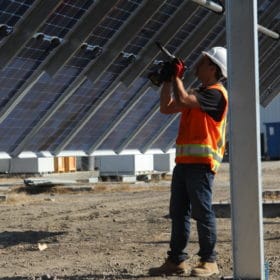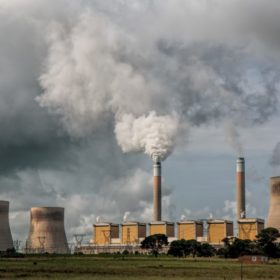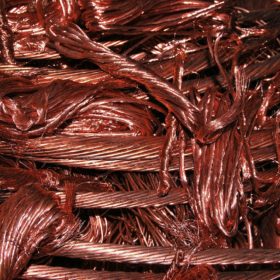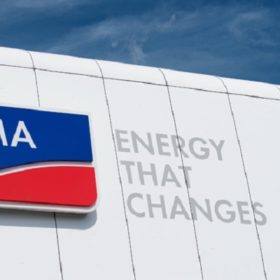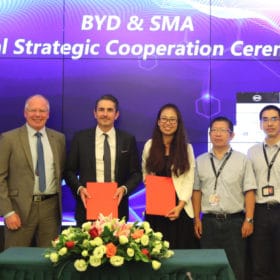Study of 100,000 arrays finds proactive O&M preferable
The US National Renewable Energy Laboratory examined five-year data to observe the most common system failure points and how to prevent them. Researchers considered residential, commercial and utility scale plants and found interesting results. While failures cannot be avoided completely, a key takeaway was that close monitoring and timely repair can effectively mitigate the financial effects of failures.
Cheap renewables putting $639 billion of new coal investments at risk
The Carbon Tracker Initiative crunched some numbers and discovered that more than half a trillion dollars worth of coal investments are at serious risk due to the declining cost of renewables.
Canadian 400 MWac merchant solar plant secures financing — no PPA, no subsidy
The project will operate at a profit in part thanks to an emissions scheme introduced by the province of Alberta. The plant will sell carbon certificates.
Not just for outer space: NREL has a path to cheaper GaAs solar cells
A team at the U.S. National Renewable Energy Laboratory has come up with a new process that would reduce the production cost of highly expensive – and highly efficient – gallium arsenide cells.
Nexceris: Taming the Li-ion
In an emergency, every second counts. With this premise in mind, a team from Ohio-based manufacturer Nexceris set out to improve a warning system to protect lithium-ion storage systems from fires, after working with the U.S.
Navy on the response to a lithium-ion fire outbreak on a vessel 10 years ago.
Car industry copper demand to surge 250% due to EVs
By considering use of the metal in charging infrastructure, analyst Wood Mackenzie has found higher demand from the mobility sector than is the case if only the volume of the material required for vehicle construction is examined.
ABB exits solar inverter business
This Swiss giant is following a trend as large multinational high-tech companies see their role as redesigning infrastructure rather than supplying inverters at ever lower margins. Schneider Electric has pulled out of large scale solar, Siemens’ Kaco acquisition and Junelight launch show increasing interest in the C&I and residential markets, and GE is likely to divest its power conversion business due to low profit margins in that sector.
Product recall: SMA calls in MLPE over rapid shutdown problem
The inverter maker conducted tests and found the branded SMA TS4-R-F-42 could not always supply the rapid shutdown function called for by a new U.S. safety standard when applied in commercial and industrial systems featuring its inverter tech.
Schneider Electric pulls out of the utility-scale PV business
The French inverter maker is pulling out of the utility-scale segment to strengthen its profile in the residential and C&I space.
SMA, BYD charge into the US market
The German inverter maker has joined forces with the Chinese battery maker after losing U.S. market share to SolarEdge. This follows BYD linking up with Kostal to optimize communication interfaces between inverters and storage applications.

